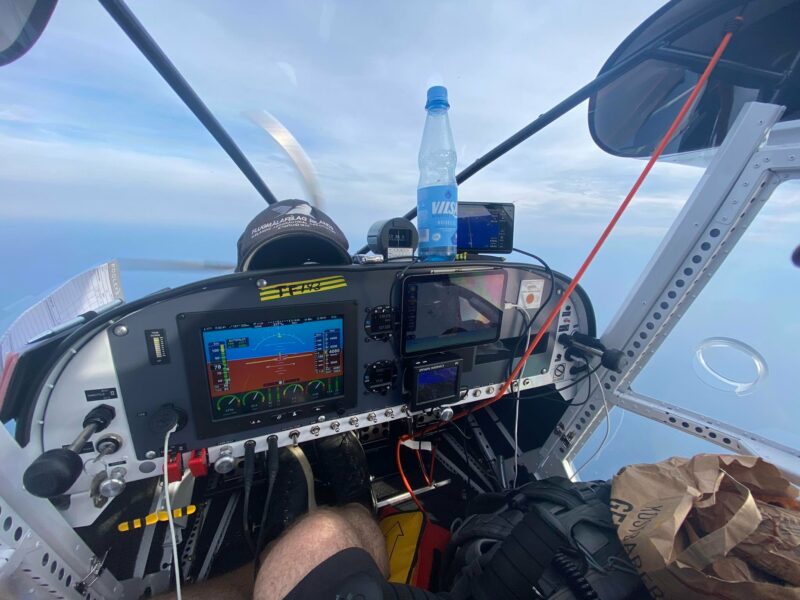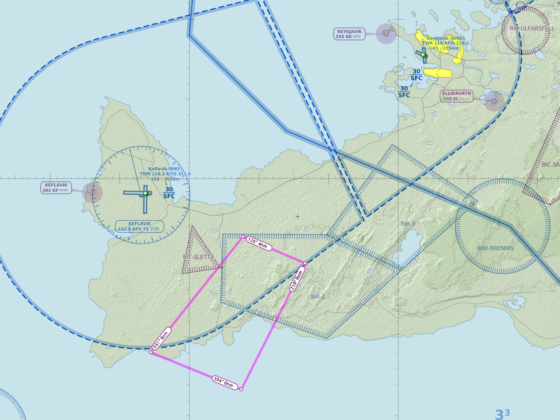The club of ultra-light aviation in Reykjavik (in Icelandic Fisfélag Reykjavíkur) in August 2022 extended its fleet with two brand new Savannah S aircraft. The planes are produced by manufacturer ICP in Italy and were needed to be ferried to Iceland. It was decided that the planes would be flown the whole way. Four pilots participated in this project. Gylfi Árnason and the president of the Ultra-light aviation club Jonas S Sverrisson within 2 days flew the first part from Italy to Germany. Then Óli Öder Magnusson and Jón Atli Ólafsson came to Berlin to pick up the planes from there and fly them over the ocean.
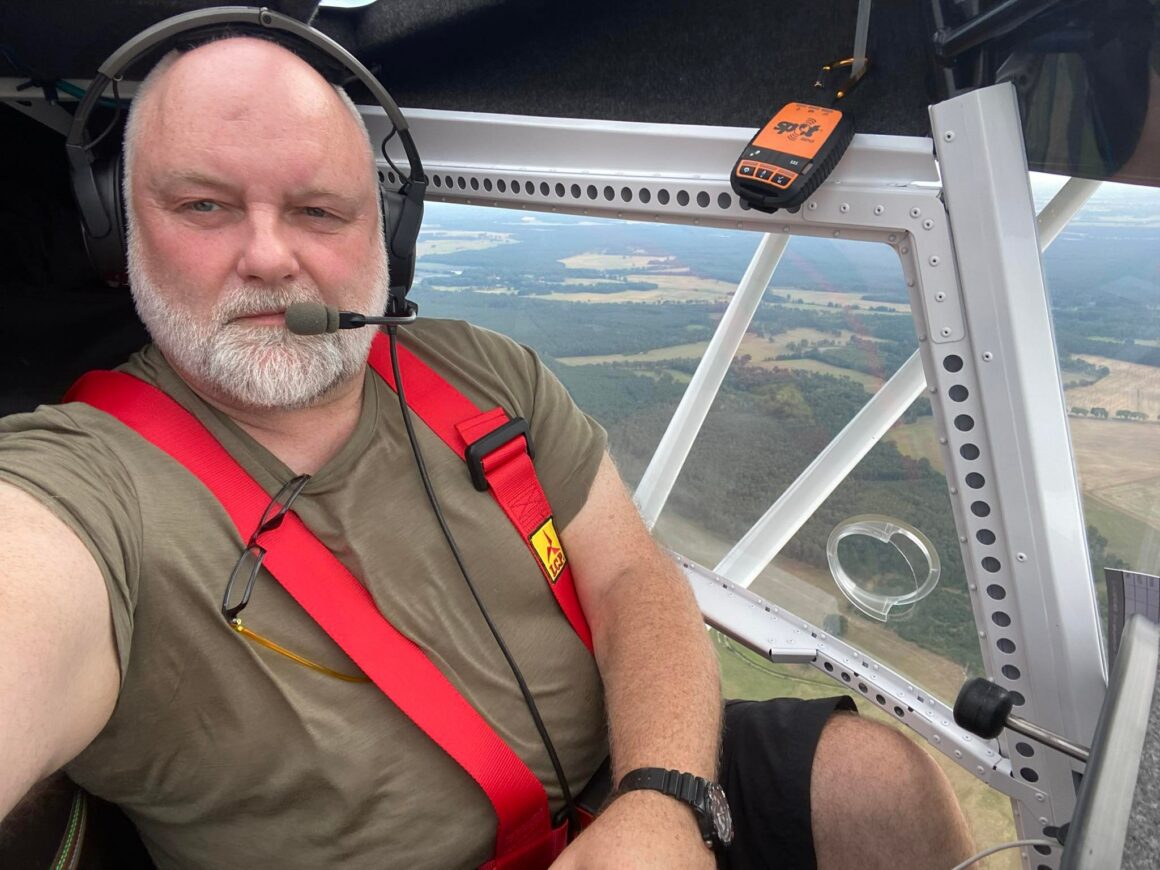
There is a special preparation for pilots, who are going to cross the Atlantic Ocean on general aviation aircraft, Óli Öder Magnusson told Flugblogg. Usually, pilots follow a forecast about low air pressure over the water area between Iceland, Scotland and Norway. “Pilots know that even on bigger general aviation airplanes, usually there is no anti-icing equipment, so it is not safe to fly in clouds. This means they have to use a 10 hours window to cross the area. If pilots are going to fly from Europe to Iceland they need to go before low pressure, and if in opposite direction then after low pressure to use winds in their favour”, said Óli Öder.
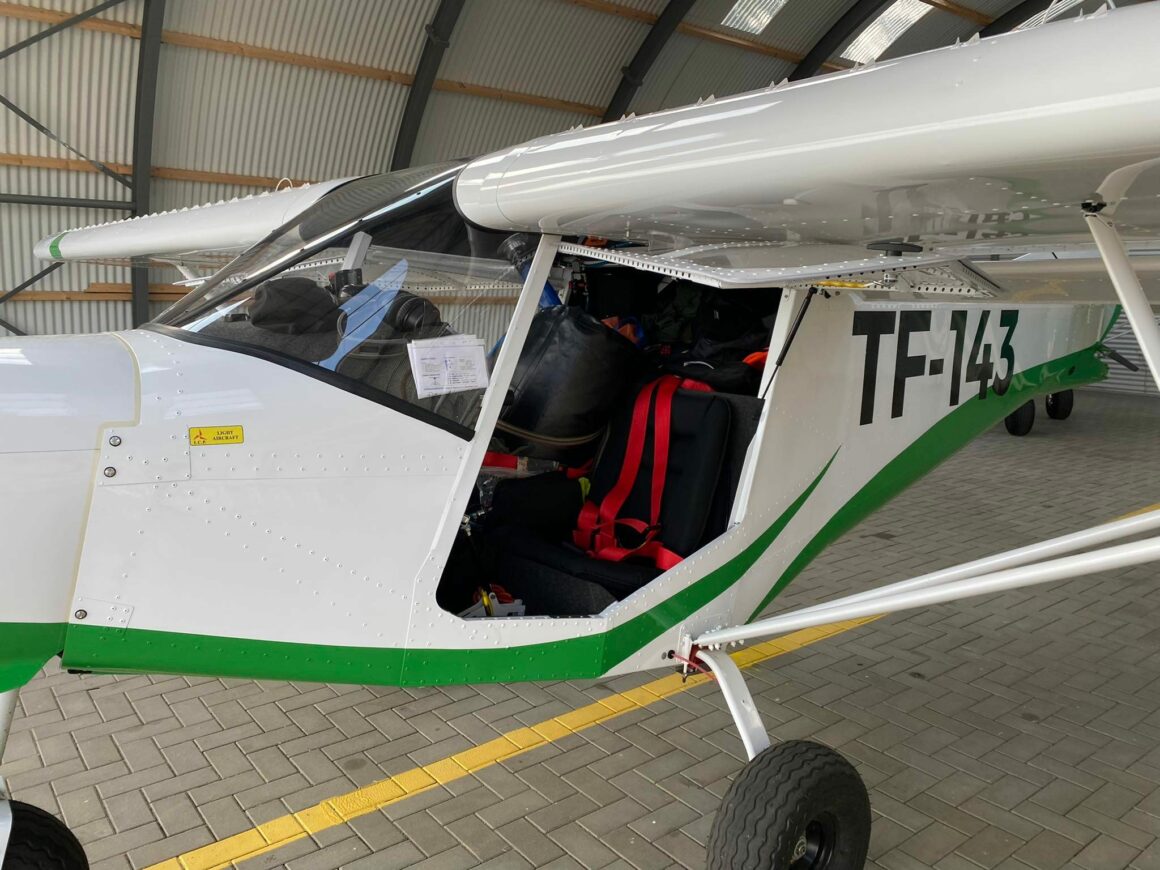
It was his 11th crossing of the ocean as a pilot, but the first time on an ultra-light plane. “The weather was very good. There were quite low clouds and foggy in Scotland. I had to fly between layers for 20 minutes. I had access to web cameras to see the weather on the Faroe Islands, and the internet connection was available near Scotland and Faroe Islands. The leg from Bremen (ICAO: EDDW) to Aberdeen (ICAO: EGPD) was 6 hours over the sea”, Magnusson said.
However not everything went according to plan: “I was supposed to go to Wick (ICAO: EGPC), but there was fog, so I went direct to Aberdeen. But in Aberdeen, they closed the runway without a NOTAM, and I did not know about it. I diverted to Dundee (ICAO: EGPN), which is a good place in North Scotland. The approach route goes over the sea in the bay, so it is possible to fly to the airport even if there are low clouds.”

The next leg was the longest of the whole trip: 9,5 hours from Dundee to Egilsstaðir (ICAO: BIEG). According to Magnusson, he was pretty busy during the whole flight. First of all, he had to think about fuel: calculating if it is enough, pumping it from sub-tanks to main tanks, and clarifying the point of no return. It is impossible to see if the system is pumping the fuel between tanks correctly, so it is mandatory to measure the level of fuel all the way. Then he was repeatedly checking if all engine parameters are okay. “Another thing is to keep the mind and body in certain conditions during such a long flight. For example, it is not allowed to drink coffee before the flight and not more than 0,5 litres of water in the air. Food with a lot of sugar in it is forbidden as well because it can make a pilot sleepy. Also just not to worry about a necessity of a toilet, pilots have diapers on such flights, even though I never used them,” Óli Öder told.
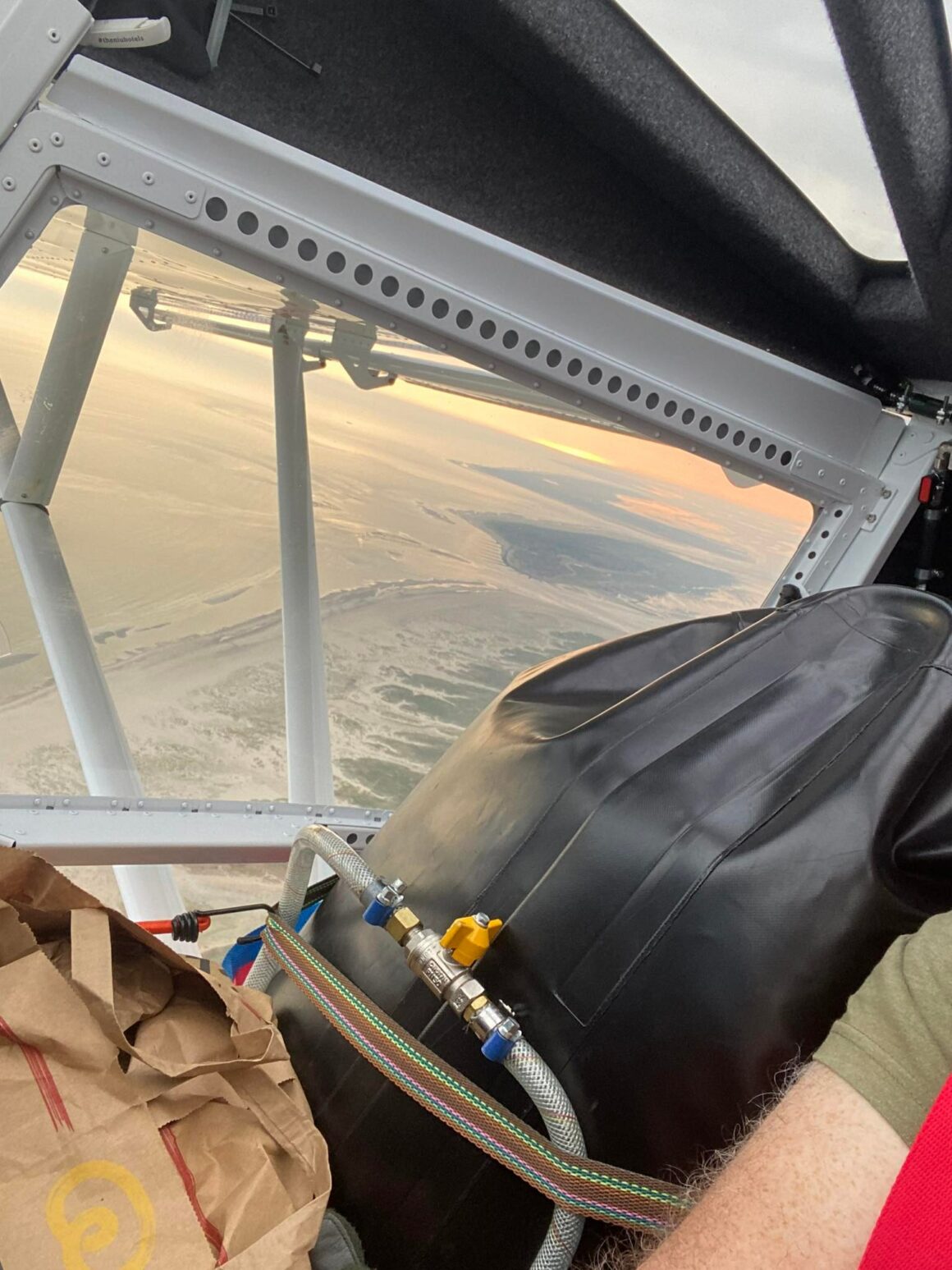
The most difficult part began in Iceland when Magnusson decided to fly over the mountains along the Öxi automobile route. Egilsstaðir was not the best option due to the weather, but the only available. Other airports in the East of Iceland were excluded from the list due to Icelandic regulations. “There is a trick with Icelandic weather: because of the mountains, if there is bad weather in Egilsstadir then there is usually good weather in Höfn and vice versa. I think Höfn could be a port of entry for single-engine airplanes as well. Isavia insists on regulations for passenger flights, but I am talking exactly about ferry flights of helicopters and single-engine planes,” said Óli Öder Magnusson. From Egilsstaðir he flew across Iceland to aerodrome Heiði in the vicinity of Reyjavik. Meanwhile, Jón Atli Ólafsson delivered the second plane, flying through Norway.
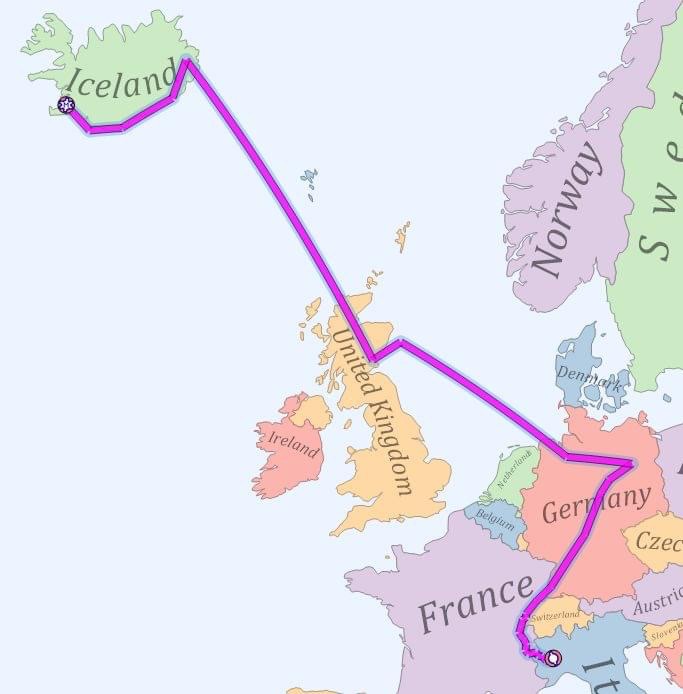
These two planes with registrations TF-213 and TF-227 are the first, owned not by club members, but by the club itself. Savannah S is a 100-horse-powered plane with an empty weight of around 300 kilograms and a maximum take-off weight of 600 kilograms. With two wing fuel tanks it can fly for 4 hours, and there is an option to set two fuel tanks more. It uses only 100 metres for take-off and landing.

According to Óli Öder Magnusson, the planes will be used for the training of new pilots as well as available for rent by club members. “Now beginners, who want to learn how to fly can sign an agreement with the club, paying ISK 38 000 (USD 270, EUR 270, rates by CB Iceland on 30.08.22) yearly fee to get access to these airplanes and then they will pay ISK 10 000 (USD 70, EUR 70, rates by CB Iceland on 30.08.22) for each flight hour plus for the trainers. This is not the same training as for PPL, and the club is not a flying school. Instead of flight instructors, there are trainers, even though many of them are flight instructors for other licences. These trainers prepare a pilot to fly solo. Then 25 hours of solo flying is required, monitored by trainers from the ground. For those, who don’t have PPL, there are 40 hours of ground school are required as well. For others with PPL and more than 100 flight hours of experience, only a check ride is needed,” told Óli Öder Magnusson.


